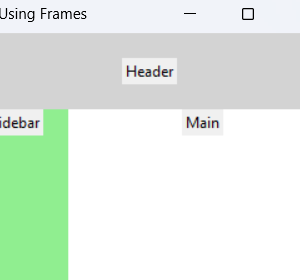tkinter place
Hey again!
So you’ve tackled grid() in Tkinter.
Now let’s talk about its quirky cousin: place().
This one’s all about precision. If you’ve ever wanted to say,
“Put that button exactly here!”
then place() is for you.
Let’s dive in. It’s gonna be fun! 🎉
Contents
What is place() in Tkinter?
Think of place() like moving stickers on a board.
You pick the exact X and Y position—and drop your widget right there.
Perfect for:
- Artistic apps
- Custom layouts
- Games
Setting Up Your Tkinter Window
We always start with the basics:
import tkinter as tk
root = tk.Tk()
root.title("Using place() in Tkinter")
root.geometry("300x200")
root.mainloop()Using place() to Position Widgets
Let’s add a label and a button—exactly where we want them:
label = tk.Label(root, text="Hi there!")
label.place(x=50, y=30)
button = tk.Button(root, text="Click Me")
button.place(x=100, y=80)
What’s Happening?
- The label is 50 pixels from the left and 30 from the top.
- The button is 100 pixels from the left and 80 from the top.

tkinter place
Widgets Don’t Move Around Like in grid()
Yup! With place(), nothing adjusts itself.
So if the window resizes, your widgets don’t move.
That’s good and bad.
Adding Multiple Widgets with place()
Let’s create a mini-form:
import tkinter as tk
root = tk.Tk()
root.title("Using place() in Tkinter")
root.geometry("300x200")
tk.Label(root, text="Username").place(x=20, y=30)
tk.Entry(root).place(x=100, y=30)
tk.Label(root, text="Password").place(x=20, y=70)
tk.Entry(root, show="*").place(x=100, y=70)
tk.Button(root, text="Login").place(x=120, y=110)
root.mainloop()
Bonus: Use Relative Positioning with relx and rely
Instead of using pixels, you can use a % of the window.
import tkinter as tk
root = tk.Tk()
root.title("Using place() in Tkinter")
root.geometry("300x200")
button = tk.Button(root, text="Centered")
button.place(relx=0.5, rely=0.5, anchor="center")
root.mainloop()relx=0.5puts it halfway acrossrely=0.5puts it halfway downanchor="center"centers it right there

When Should You Use place()?
Here’s a quick breakdown:
Use place() when… | Avoid it when… |
|---|---|
| You want pixel-perfect layout | You need responsive design |
| You’re making a game board | You want widgets to auto-adjust |
| You need complete control | You’re building large, complex UIs |
Mixing place() with pack/grid? Nope!
Just like grid(), don’t mix place() with pack() or grid() in the same container. It messes things up.
tkinter place tkinter place tkinter place

